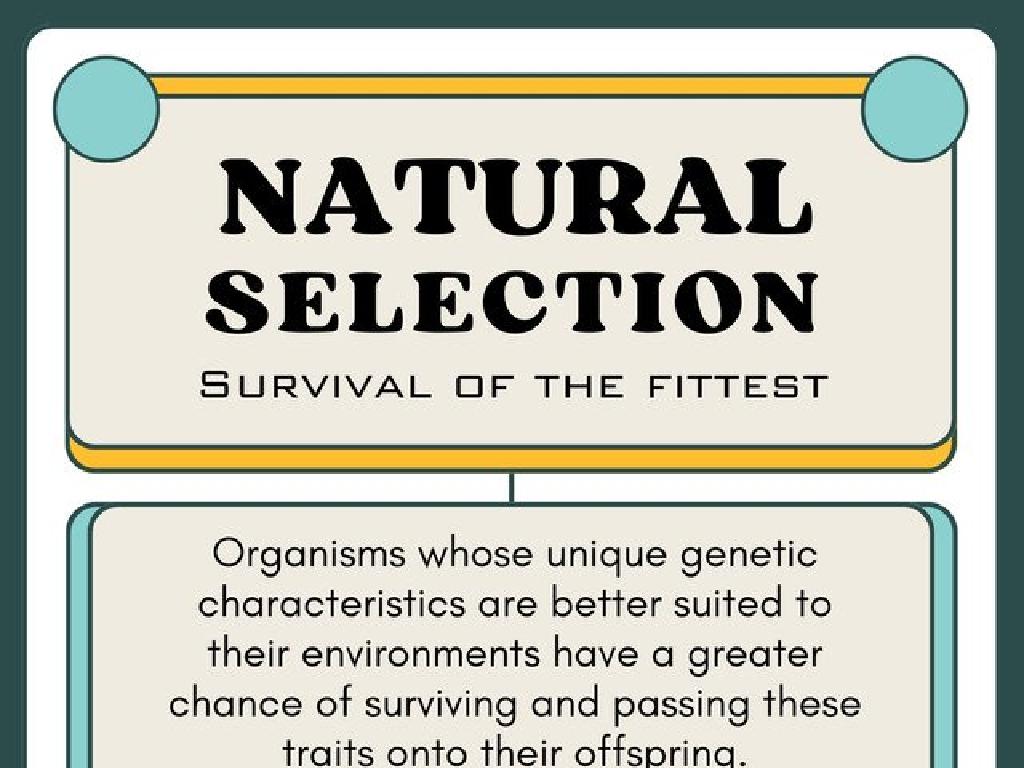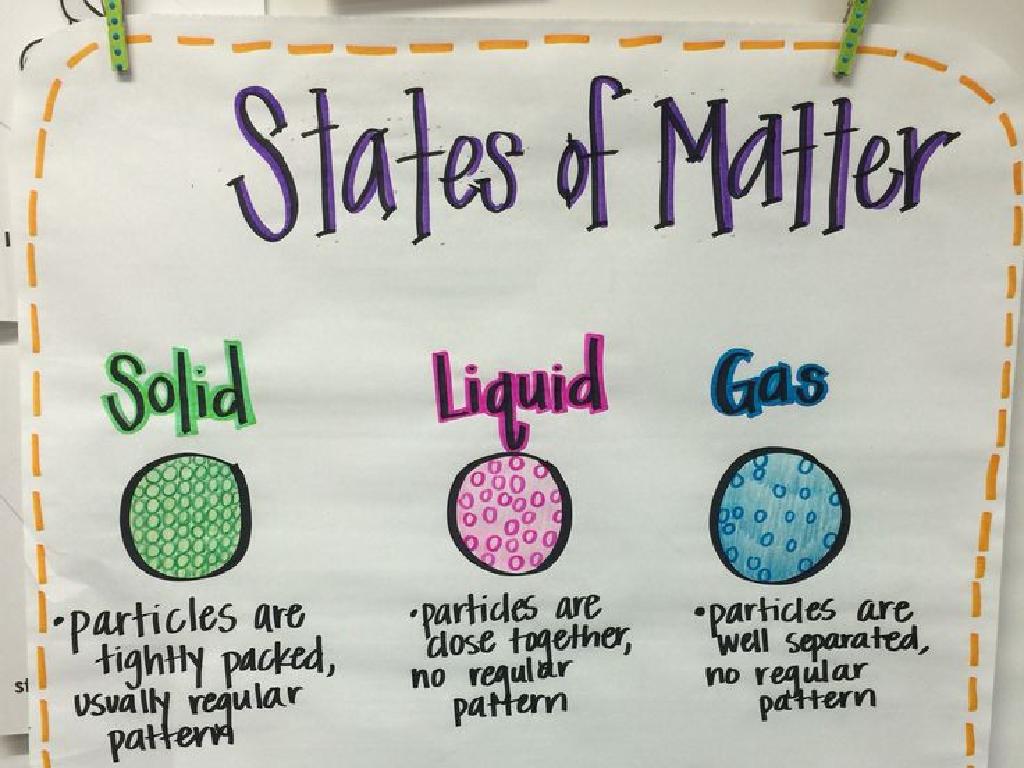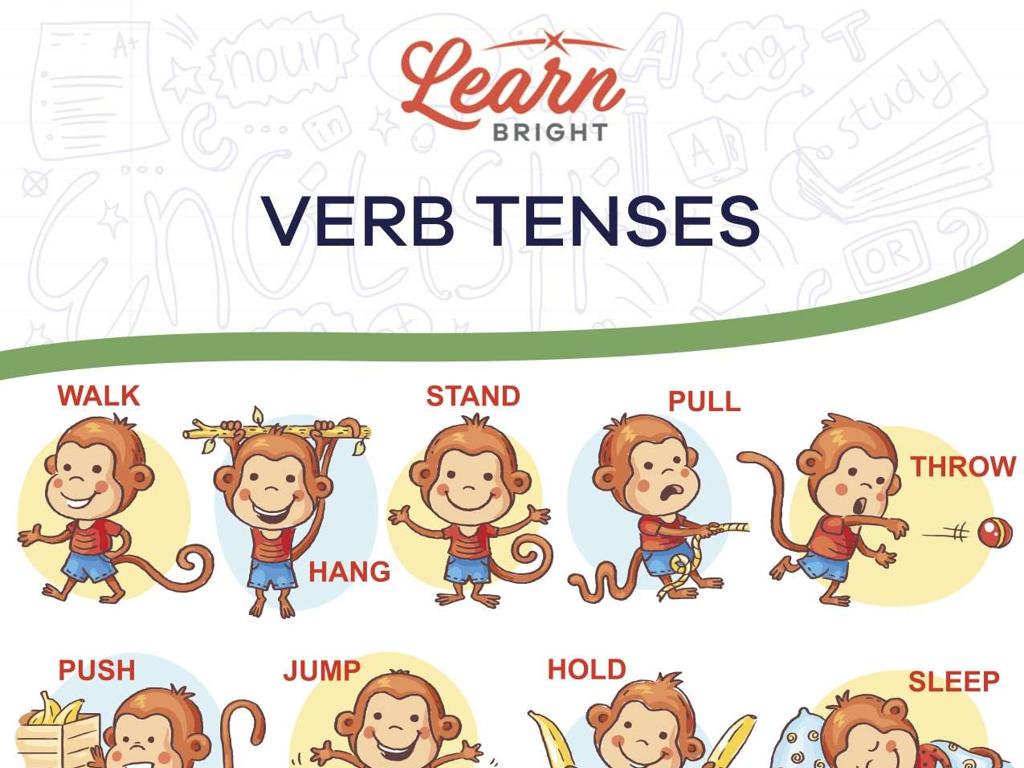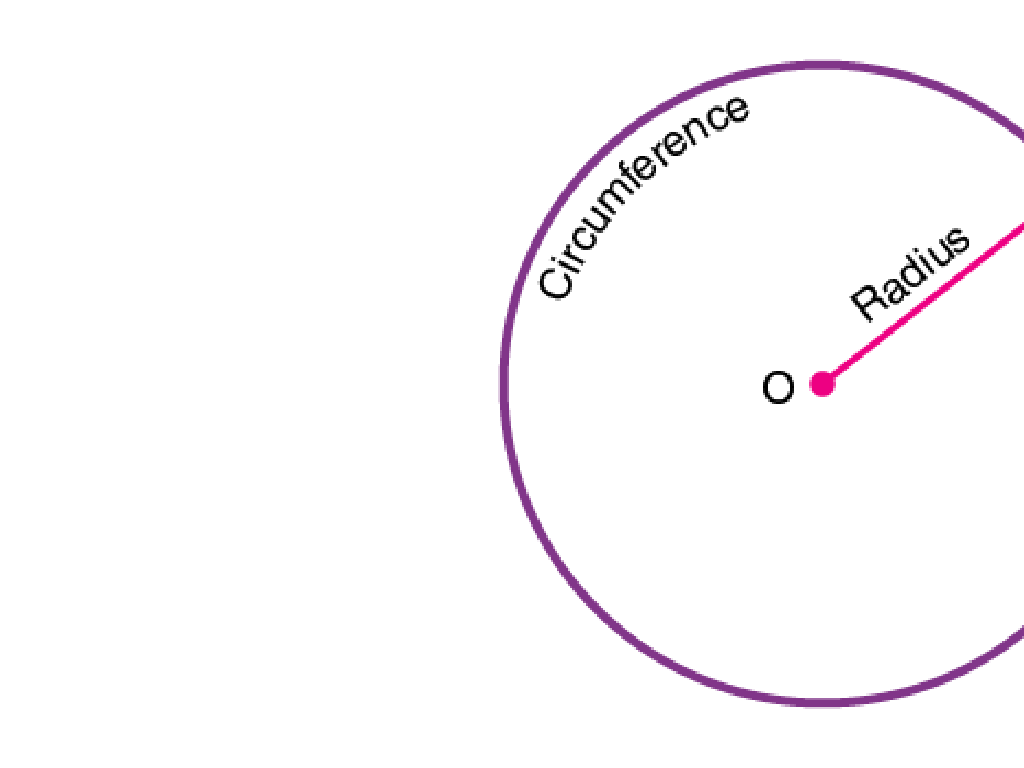Take Apart Teen Numbers: Addition Sentences
Subject: Math
Grade: Kindergarten
Topic: Count Tens And Ones - Up To 20
Please LOG IN to download the presentation. Access is available to registered users only.
View More Content
Exploring Teen Numbers
– Teen numbers are special
– Numbers 11 through 19
– They start with a 1
– The ‘1’ means there’s a ten
– We can take them apart
– Like 14 is 10 and 4
– Let’s put them back together
– Add parts to make the whole number
|
Welcome to today’s math class, kindergarteners! We’re going to have fun with teen numbers, which are the numbers from 11 to 19. These numbers are made up of tens and ones. We’ll learn that the number ‘1’ at the start of these numbers means there is one ten, and the second number tells us how many ones. We will practice breaking these numbers apart into tens and ones and then putting them back together to see how they form the teen number. For example, the number 14 can be taken apart into one ten (10) and four ones (4), and when we combine them, we get 14 again. This understanding will help us with addition and subtraction in the future. Let’s get started with some examples and activities to make it clear!
Exploring Teen Numbers
– Teen numbers: 11 to 19
– Numbers right after 10 and before 20
– Composed of tens and ones
– For example, 14 is 1 ten and 4 ones
– Counting 10 to 20
– Let’s count aloud as a class
– Understanding teen numbers
|
This slide introduces the concept of teen numbers to Kindergarten students. Begin by explaining that teen numbers are those that come after 10 and stop at 19. These numbers are special because they are made up of one ten and some extra ones. Use visual aids like blocks or fingers to help students count from 10 to 20, emphasizing the teen numbers. Encourage the students to participate by counting out loud together, which will help them become more familiar with the sequence of teen numbers. Reinforce the idea that teen numbers are composed of tens and ones, which is a foundational concept for understanding place value and addition.
Understanding Teen Numbers
– Teen numbers have one ten
– Example: 15 has 1 ten and 5 ones
– Like a ten block and five cubes
– Find ten and ones in 13
– 13 is a ten block and three cubes
– Practice with different teen numbers
– Use blocks to visualize 16, 17, 18, etc.
|
This slide introduces the concept of teen numbers to Kindergarten students, emphasizing that each teen number is made up of one ten and some ones. Use concrete examples like counting blocks or drawing to illustrate the concept. For instance, show that the number 15 is composed of one group of ten and five individual ones. Encourage the students to practice with the number 13 by identifying one group of ten and three ones. Extend the activity by asking students to work with other teen numbers, using manipulatives like blocks or drawings to represent tens and ones. This hands-on approach helps solidify their understanding of the base-ten system and prepares them for addition sentences involving teen numbers.
Addition Sentences with Teen Numbers
– Teen numbers addition sentence
– An addition sentence combines two numbers to make a teen number
– Example: 10 + 4 = 14
– This shows us how teen numbers are made up of ten and some more
– Let’s write one for 12
– What two numbers add up to make 12? Let’s find out together!
|
This slide introduces the concept of creating addition sentences using teen numbers. Start by explaining that teen numbers are made by adding to the number ten. Use the example provided (10 + 4 = 14) to show how the number 14 is composed of ten and four more. Then, engage the students by asking them to help you write an addition sentence for the number 12. This will help them understand that teen numbers are always made up of ten plus some more ones. Encourage the students to use objects or their fingers to count and find the number that, when added to ten, equals twelve. This interactive approach will help solidify their understanding of teen numbers and addition.
Taking Apart Teen Numbers
– Teen numbers have tens and ones
– Example: 17 is 10 plus 7
– 17 can be split into 10 and 7
– Let’s break down the number 16
– We can take 16 and see it as 10 and 6
– Understanding addition with teen numbers
– This helps grasp how teen numbers are formed
|
This slide is aimed at helping Kindergarten students understand that teen numbers are made up of ten and some more ones. Start by explaining that numbers from 11 to 19 are called ‘teen numbers’ and they all have a ten in them. Use visual aids like blocks or drawings to show that 17 is made up of one group of ten and seven individual ones. Then, guide the class through an interactive activity where they take apart the number 16 into one group of ten and six ones. Emphasize that this is how addition works for teen numbers. Encourage the students to use physical objects like counters or fingers to visualize the separation of tens and ones.
Fun with Teen Numbers
– Teen numbers are playful
– Use blocks for tens and ones
– Each block stack represents 10, single blocks are ones
– Build teen numbers using blocks
– Create numbers 11-19 with block sets
– Understand teen numbers visually
|
This slide is designed to introduce Kindergarten students to the concept of teen numbers in a fun and interactive way. By using blocks, children can visually and physically represent the numbers 11 through 19, helping them to understand the concept of tens and ones. Encourage the students to stack ten blocks to represent the ‘ten’ and then add single blocks for the ‘ones’ to build numbers from 11 to 19. This hands-on activity will help them to see how teen numbers are made up of ten and some more. During the activity, walk around the classroom to ensure that each student is correctly building the numbers and understanding the concept. You can also introduce the idea that teen numbers are like a family, with the number ten being the parent and the ones being the children.
Class Activity: Build and Break Teen Numbers
– Build a teen number with blocks
– Break it into ten and ones
– Separate the blocks into one group of ten and some extra ones
– Show and explain your blocks
– Share how you made the number using ten and ones
– Discuss with your friends
|
This activity is designed to help Kindergarten students understand the concept of teen numbers by physically manipulating blocks. Students will use a hands-on approach to build a teen number, then deconstruct it to show the components of ten and ones. Encourage them to think about how numbers 11-19 are made up of ten and some more ones. After building, students should demonstrate their understanding by explaining how they grouped the blocks. Facilitate a discussion among the students to share their methods and findings. Possible variations of the activity could include using different colored blocks for tens and ones, or having students write down the addition sentence that corresponds to their block representation.
Review and Goodbye!
– Teen numbers breakdown
– Teen numbers have a ten and some ones.
– Writing addition sentences
– Add tens and ones like 10 + 4 = 14.
– Practice makes perfect
– See you next class!
|
As we wrap up today’s lesson, let’s review what we’ve learned about teen numbers. We discovered that teen numbers are made up of ten and some more ones. For example, the number 14 is a teen number because it has one ten and four ones. We also practiced writing addition sentences for teen numbers, such as 10 + 4 = 14. Encourage the children to keep practicing at home and remind them that understanding these concepts will help them with more advanced math later on. Praise their efforts today and let them know you’re looking forward to seeing them in the next class!






